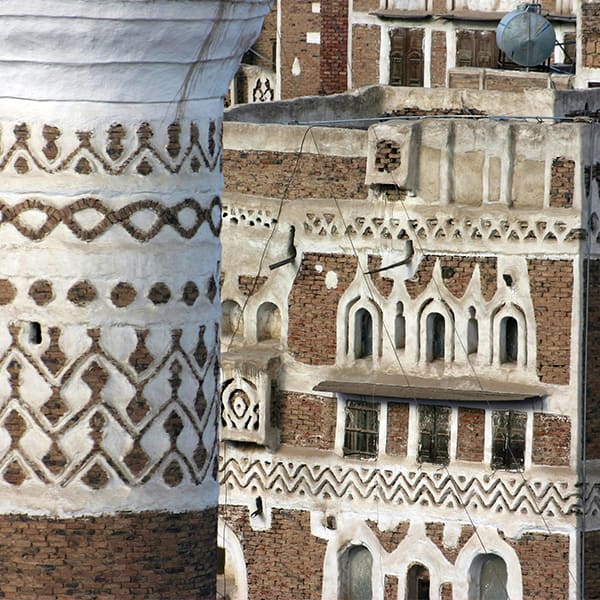Land of My Birth – The exiled people in Yemen never forgot Jerusalem. Throughout history, small numbers of people kept coming to Eretz Yisrael, with the goal of living in the holy city. But the first significant Aliyah, about two hundred people, arrived during the year 5642 (1882). Afterwards, groups of people from Yemen came regularly, and by the end of the nineteenth century more than one thousand had arrived. The reasons for this “huge” number of immigrants, in addition to the yearning for redemption, included the influence of the messengers from Eretz Yisrael, who praised the land, and also decrees and persecution of the Jews from Tzana.
The absorption of the Yemenite immigrants into the Jerusalem community was not a simple thing, because they were different in their appearance, their language, and their clothing. Here is what Shalom Kassar, who was in the first group in 5642, wrote about their first meeting with the inhabitants of Jerusalem:
“As dark fell, we arrived at the Yaffo Gate… At the time, they locked the gates at night. At long last, we arrived at the Jewish market. Since our skin is dark and we were wearing the clothing that we brought with us from Yemen, we looked different. The Jewish-Arabic language that we spoke was also strange to the people. The Jews of the Old City asked us: Who are you, and where did you come from? And we replied: We are Jews, and we came from the far away place Yemen. They did not believe us, and they demanded that we show them some signs. We showed them a prayer book and tzitzit, we recited ‘Shema Yisrael’ – but they still did not believe us. In the end, they took my father into the Beit Midrash, opened a book of the Talmud, and asked him to read it. He read several lines fluently. Only then did they believe that we were really Jews…”
The Yemenite Jews indeed brought with them the strength of the Torah, but this was not enough to overcome their financial deficiency, since most of them arrived without any possessions. Some of the wealthy people of the Sephardi community should be highly praised for providing the needy people with money, living quarters, and clothing. But this did not solve all of the financial problems, as was described by Yosef Masoud during the first year after their arrival:
“We cannot deny the truth that the other communities, including the Sephardim, gave us substantial support. But it was not enough to take two hundred souls out of indescribable poverty. The eyes of the righteous people can see the dire straits that we are in…”
But in spite of all the problems, people from Yemen continued to arrive, and as a result of their dedication and their willingness to take on any type of labor, they managed to overcome their difficulties. They were only sorry that they had not fulfilled their dream of becoming farmers in the holy land. Yaacov Goldman, an author in Jerusalem at the time, described their situation as follows:
“The Yemenite community is constantly growing. And as of now (5647 – 1887), the community has… about four hundred and fifty souls, let the number increase. They have three rabbis… Two of them, Rabbi Yosef Masoud and Rabbi Yosef Tzarem, are very poor, while the third one, Rabbi Shalom Arak, is a jeweler, working in gold and silver… When they first arrived, they were mixed into the Sephardi and Ashkenazi communities. But after they increased in number, they began to organize their own community. Some of them began to practice the customs of the land that they came from, refusing to accept the decrees of the rabbis of Jerusalem during past generations…”
The Olim of Yemen were outstanding in their diligence, and they integrated themselves into the local economics. They were not deterred from any honorable line of labor, whether it involved building and creativity or services. At the same time, they knew to maintain their original ancient traditions, which are not comparable to those of any other sect in the nation of Yisrael.
(Source: Nitza Darvian, “The Yemenite Olim in Jerusalem,” in “Recent History of Jerusalem”)
Reprinted with permission from Zomet Institute (www.zomet.org.il). Translated from the Hebrew by Moshe Goldberg. To subscribe to receive the complete version of Shabbat BeShabbato please write to dan@zomet.org.
The words of this author reflect his/her own opinions and do not necessarily represent the official position of the Orthodox Union.
